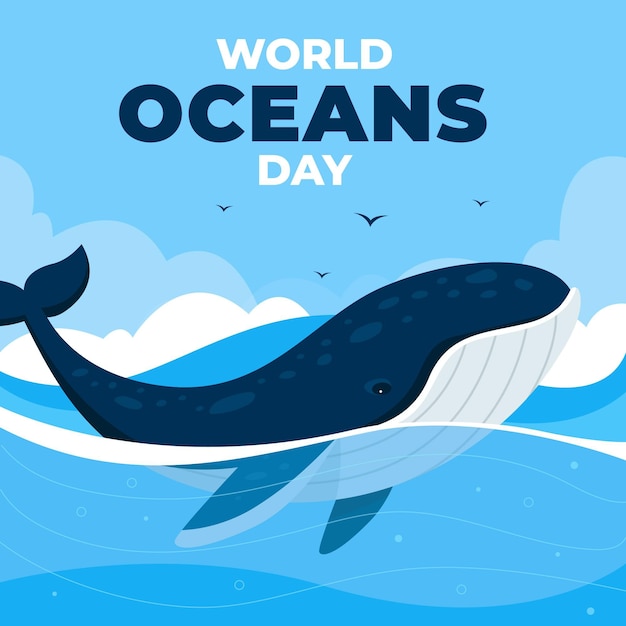Interesting Facts About Blue Whales

Blue whales are the largest animals to have ever existed on Earth.
The heart of a blue whale is so big that a human could swim through its arteries.
Blue whales can grow up to 100 feet long, which is about the length of three school buses.
These majestic creatures can weigh as much as 200 tons, equivalent to 33 African elephants.
Blue whales are known for their distinctive blue-gray color, hence their name.
Despite their enormous size, these gentle giants primarily feed on tiny shrimp-like animals called krill.
Each day, a blue whale can consume up to 4 tons of krill, which is roughly equivalent to 40,000 hamburgers.
Blue whales have baleen plates in their mouths that act as a filter, allowing them to push out excess water while retaining the krill.
They have the loudest call of any animal, reaching levels of 188 decibels, which can be heard up to 1,000 miles away.
Blue whale songs can last anywhere from 10 to 20 minutes and are believed to be a form of communication.
These magnificent creatures can live up to 90 years or more, making them one of the longest-lived animals.
Their blowholes, located on top of their heads, can spout water up to 30 feet high when they surface to breathe.
Blue whales can hold their breath for up to 20 minutes before resurfacing.
They have two blowholes, whereas other whales generally have one.
Blue whales are excellent swimmers, reaching speeds of up to 20 miles per hour.
Interesting Facts About Blue Whales part 2
Despite their massive size, blue whales are incredibly agile and can easily maneuver in the water.
They have a series of pleats on their throat, allowing their mouths to expand and accommodate large amounts of krill.
The spout or blow from a blue whale often appears heart-shaped due to the position of its two blowholes.
Blue whales have distinctive mottled patterns on their skin, which are unique to each individual.
Calves are born weighing approximately 3 tons and measuring around 23 feet in length.
Baby blue whales drink around 50 gallons of their mother’s milk per day, gaining incredible amounts of weight during their first year of life.
Blue whales are migratory creatures and can travel thousands of miles to find feeding grounds.
They undertake the longest migration of any mammal, with some individuals traveling over 10,000 miles each year.
Blue whales are highly social animals and are often found in groups called pods.
Pods can consist of anywhere between 5 and 50 individuals.
Blue whales are found in oceans around the world, with populations scattered across different regions.
The population of blue whales was significantly reduced due to commercial whaling, but conservation efforts have helped them recover to some extent.
Blue whales have unique flukes (tails) that help scientists identify and track them.
Despite their size and massive appetite, blue whales defecate with a pinkish hue due to the excretion of shrimp-like krill.
These incredible creatures can instantly change direction while swimming, using their massive tails.
Blue whales are classified as endangered species due to their historical decline in numbers.
Blue whales are known to breach, or jump out of the water, showcasing their immense power and grace.
The original name for the blue whale comes from the Latin Sibbald’s Rorqual.
The baleen of a blue whale is made of keratin, the same substance that makes up human hair and nails.
Blue whales were once hunted for their blubber, which was used to make oil for lamps and other products.
It is estimated that blue whales can consume up to 40 million krill in a day.
The frequency of blue whale vocalizations is too low for humans to hear without the assistance of special equipment.
Blue whales have a layer of blubber, which serves as insulation and energy storage.
These giants of the sea have a distinctive dorsal fin that can help in identification.
Blue whales have been recorded diving to depths of up to 1,500 feet during feeding.
The population of blue whales in the Northern Hemisphere is believed to be relatively smaller compared to the Southern Hemisphere.
Blue whales have an esophagus wide enough to allow a small child to crawl through it.
These gentle giants are known to migrate to warmer waters during the breeding season.
The oil extracted from blue whale blubber was considered a premium product due to its high quality and low acidity.
Blue whales are a vital part of the marine ecosystem, as their feeding habits help maintain the balance of marine life and the health of our oceans.
